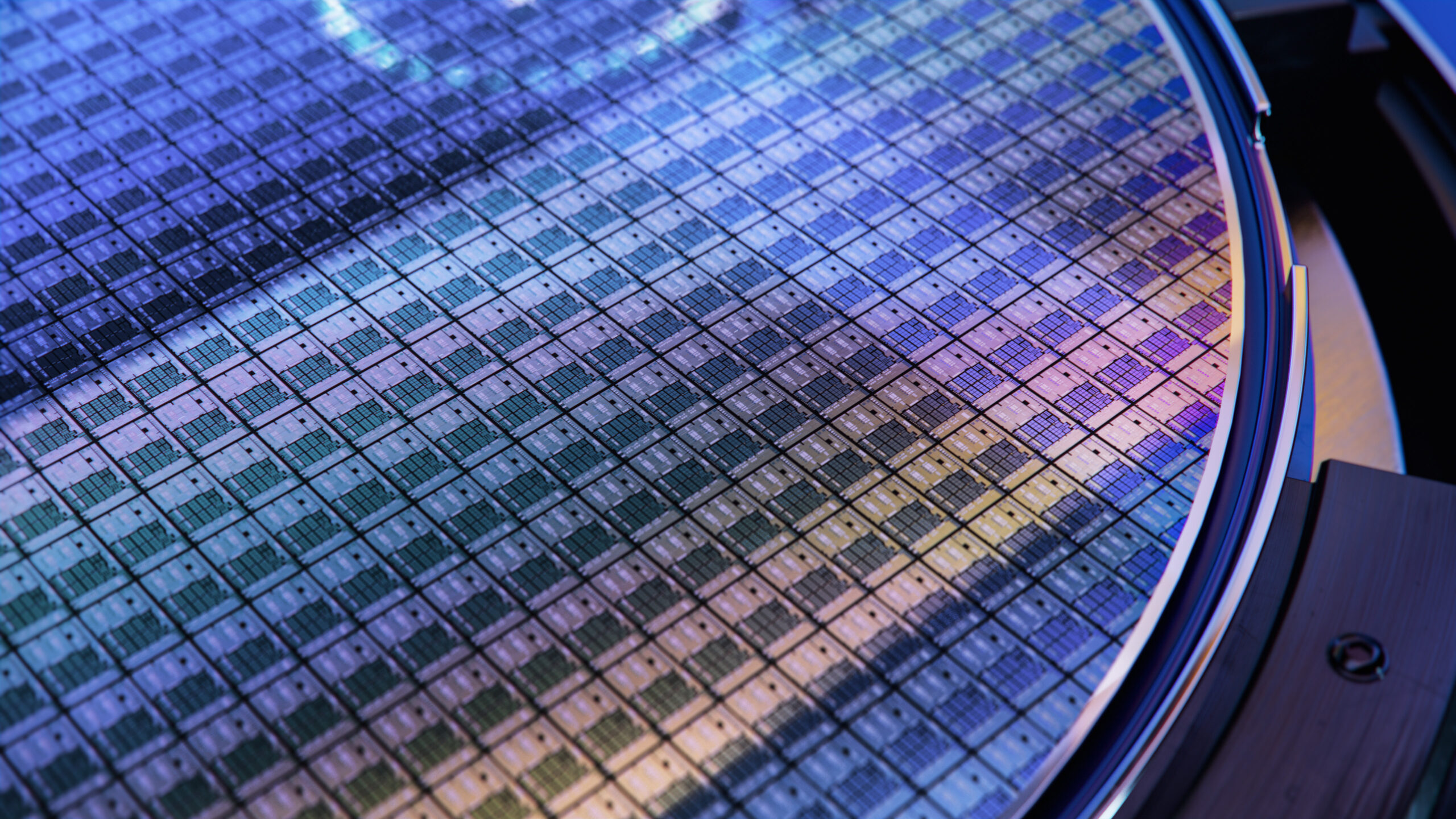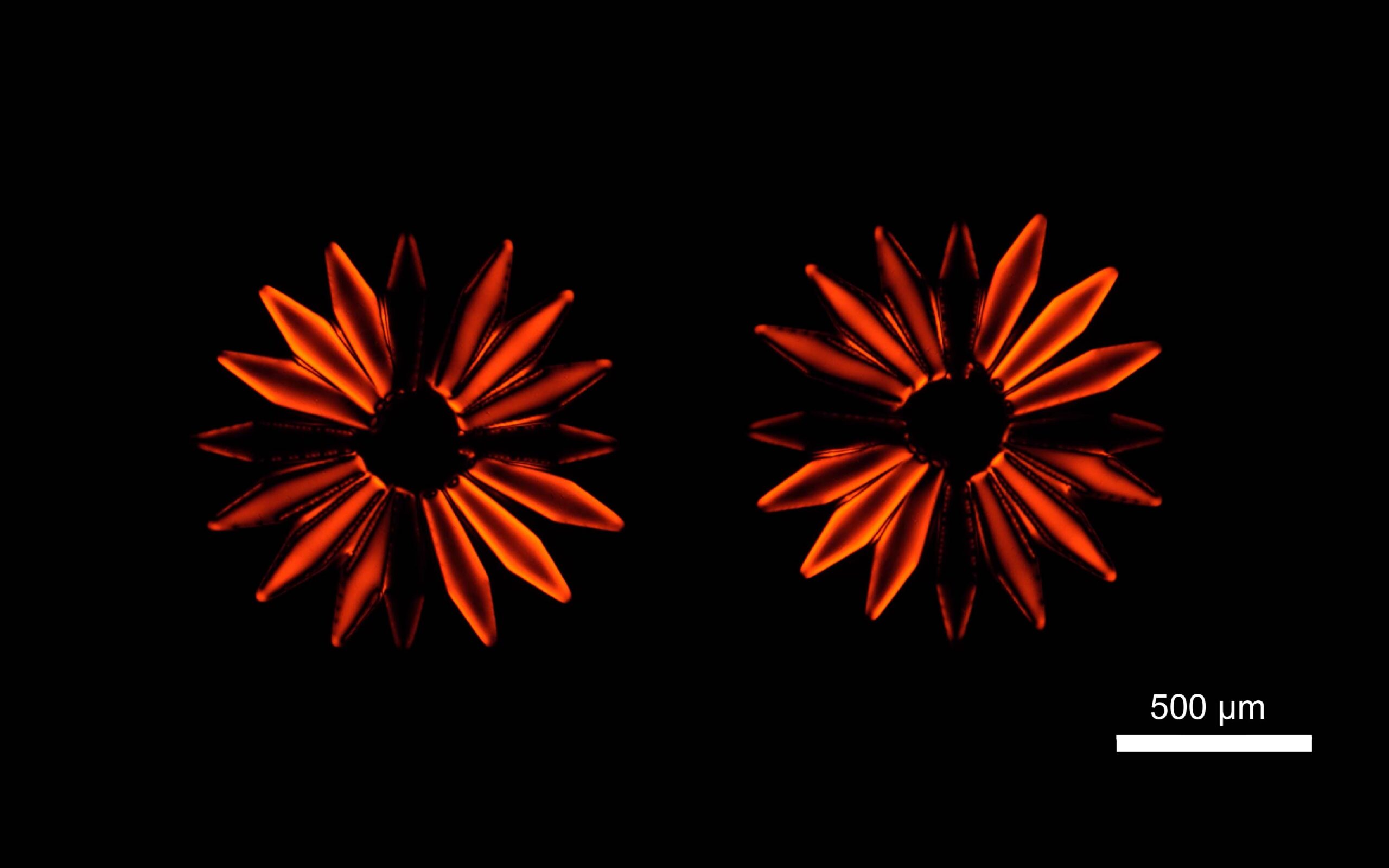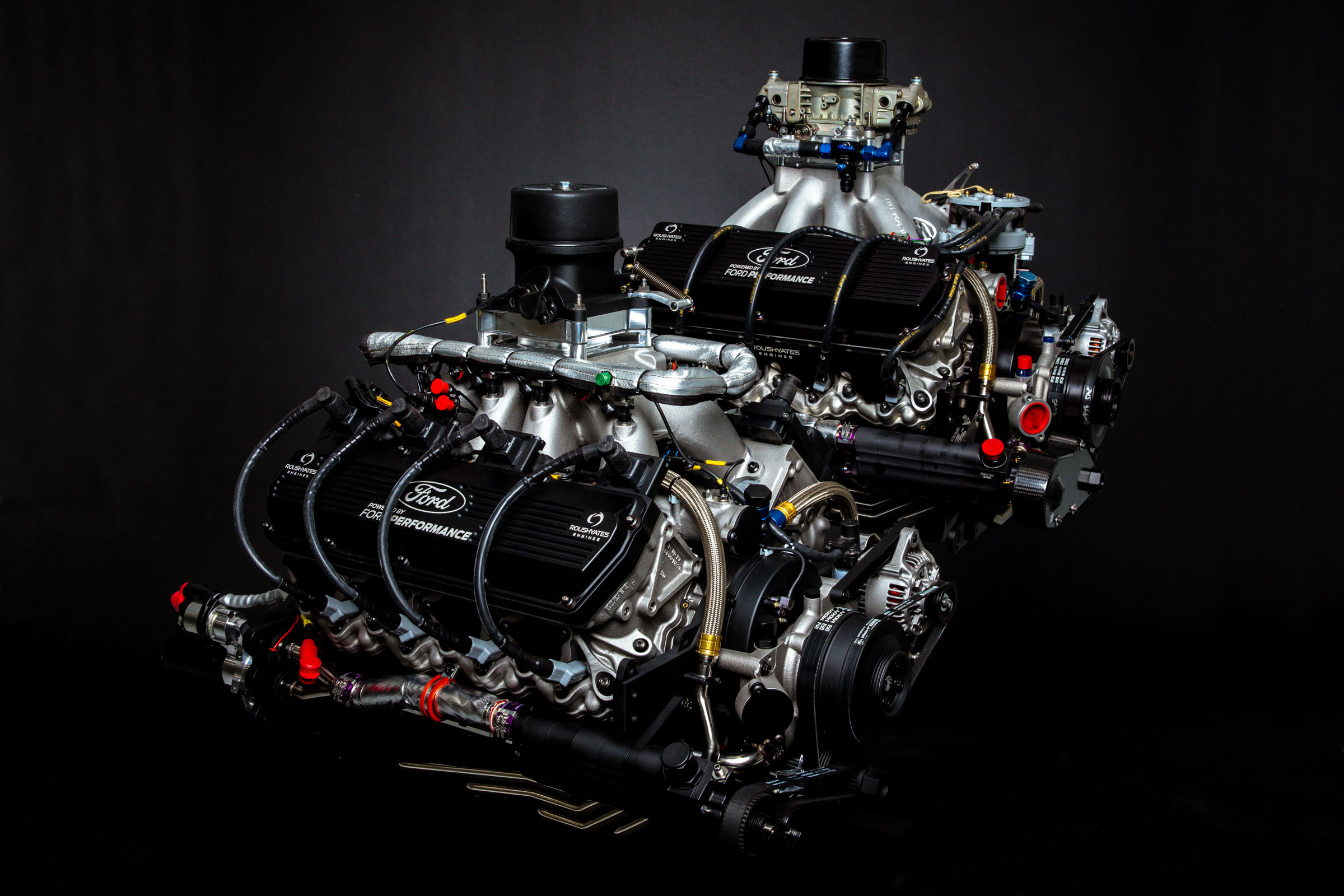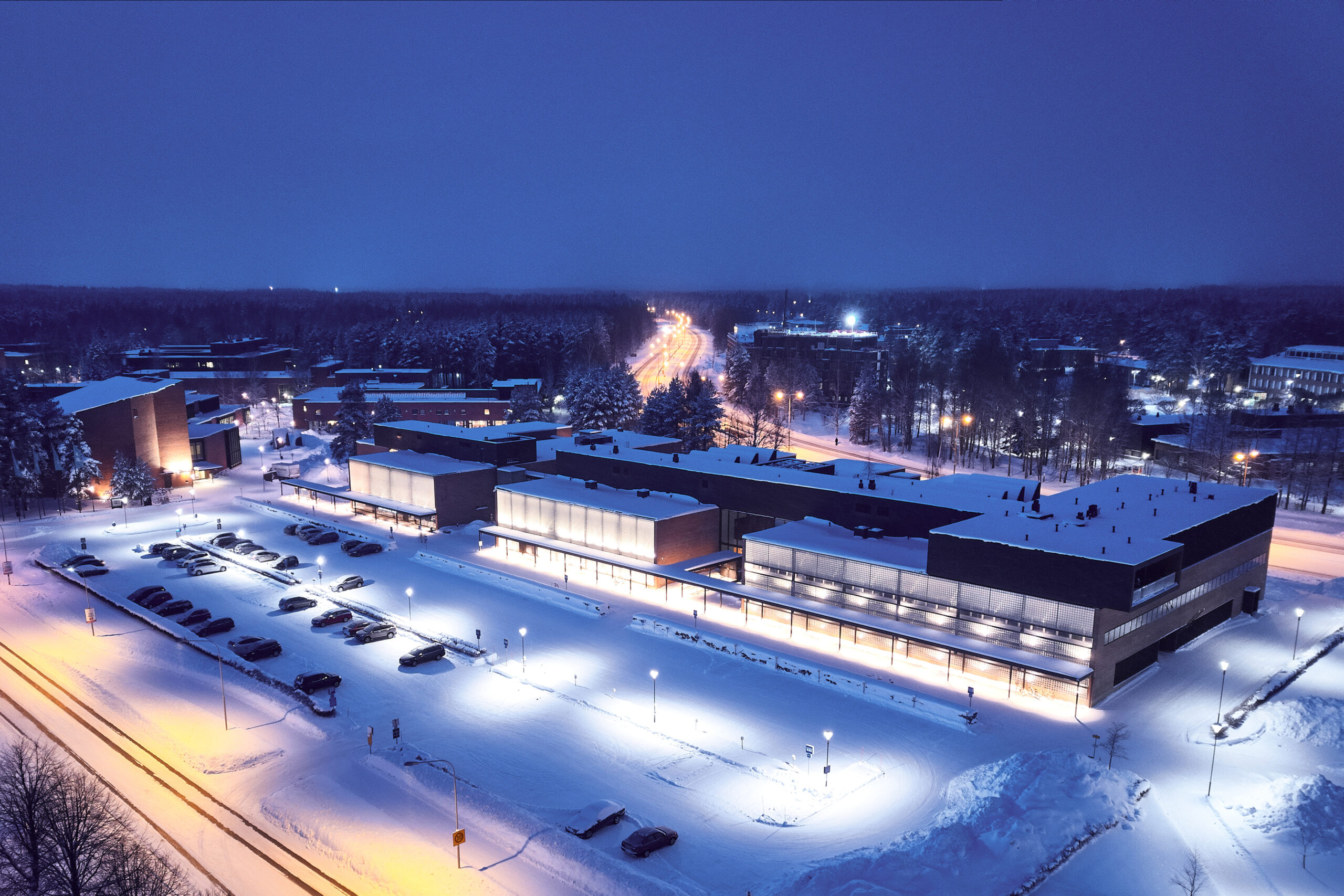At the British Geological Survey (www.bgs.ac.uk) in Keyworth, Nottingham, UK, a meteorite sample or terrestrial mineral grain under analysis may already have had more than £1,000 of laboratory time and effort invested in it prior to high precision mass spectrometric analysis. Even slight contamination during sample preparation would render an analysis compromised and potentially useless, so great care is taken in the lead geochronology clean chemistry laboratory, one of the clean room suites at the Geochronology and Tracers Facility, to eliminate airborne particulate contaminants from laboratory air and also potentially from instruments within the laboratory. To facilitate this and to improve workflow, a classic microscope has been replaced with a new Nikon Metrology SMZ745 binocular model with a zoom range of 0.67x to 5x and its generous working distance of 115 mm. 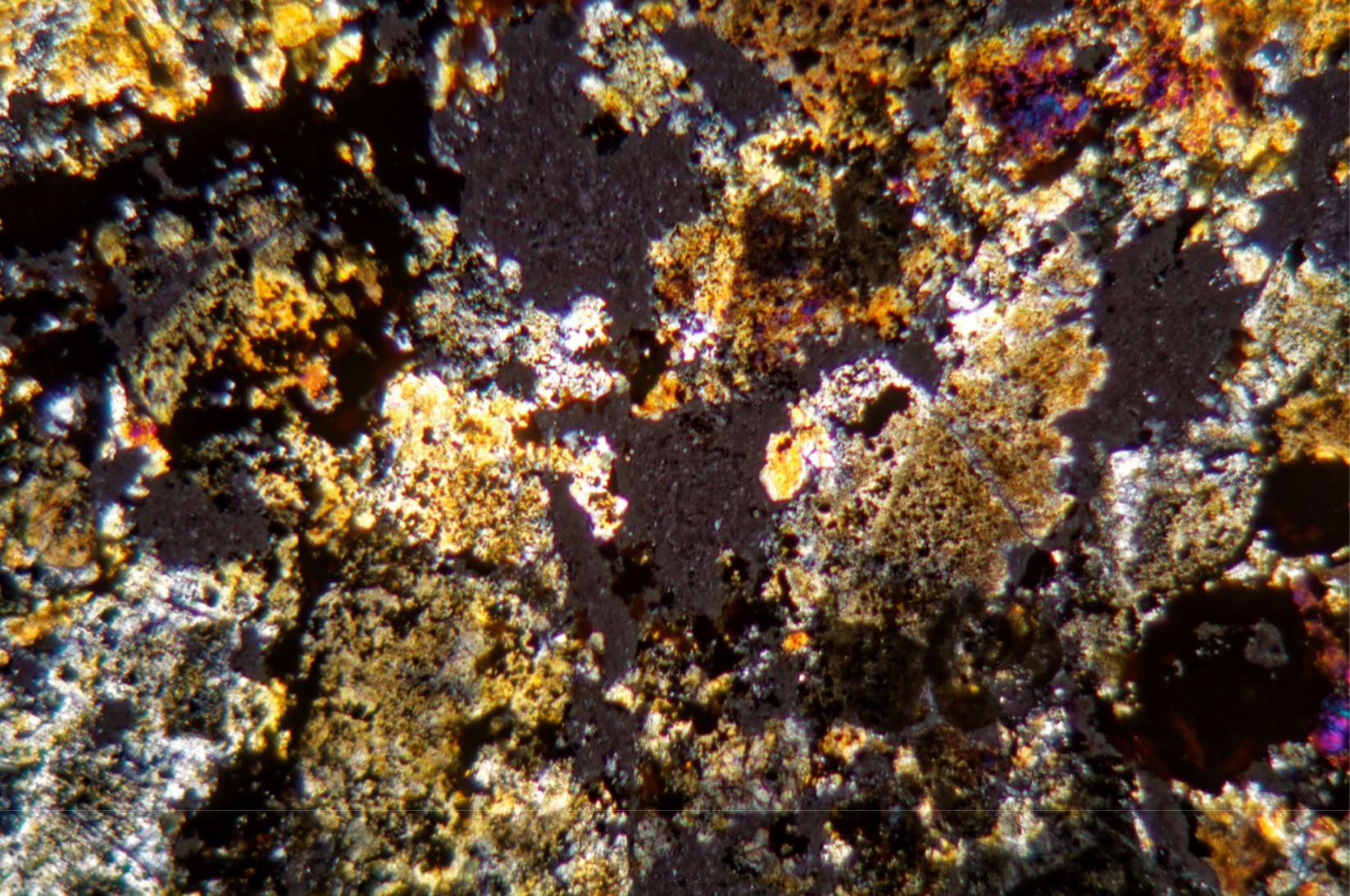 The Geochronology and Tracers Facility is a national facility that specializes in applying a range of isotope techniques to geological materials in order to date specific rocks and minerals. Additionally at the facility, measurements of the isotope composition of elements such as silicon, strontium, neodymium and lead are also used as tracers for a range of geological and environmental processes. Analytical results and their interpretation depend upon exacting sample preparation, examination and characterization, with microscopy being an important and essential part of this activity.
The Geochronology and Tracers Facility is a national facility that specializes in applying a range of isotope techniques to geological materials in order to date specific rocks and minerals. Additionally at the facility, measurements of the isotope composition of elements such as silicon, strontium, neodymium and lead are also used as tracers for a range of geological and environmental processes. Analytical results and their interpretation depend upon exacting sample preparation, examination and characterization, with microscopy being an important and essential part of this activity. 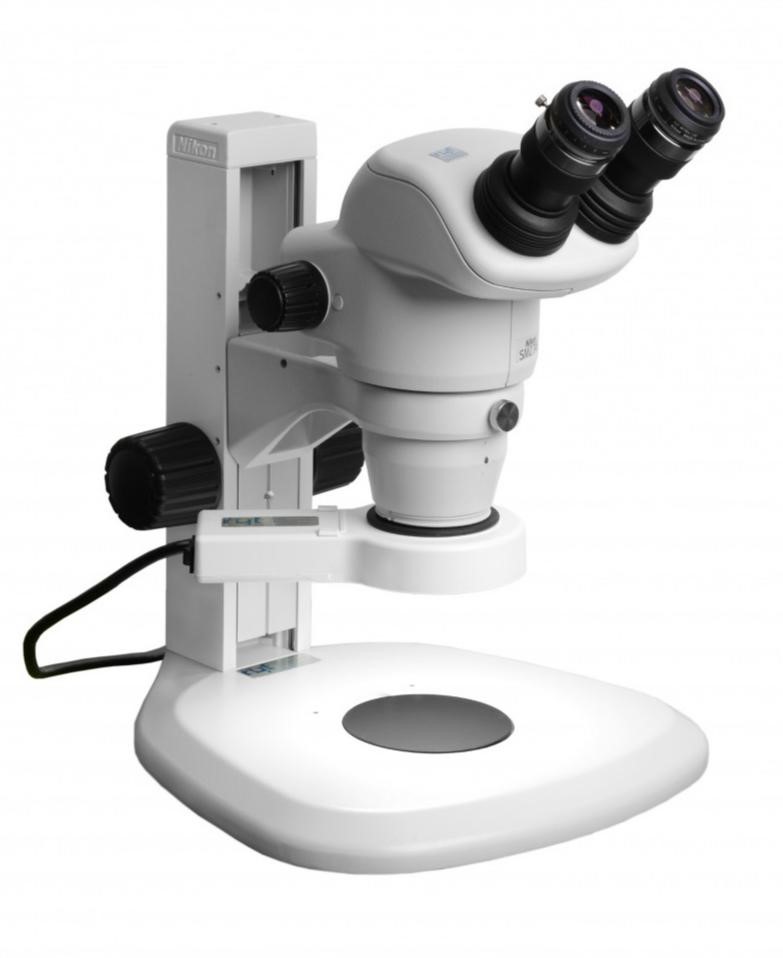
A feature of this microscope model is an air-tight construction, which prevents ingress of dust, oil, water and chemicals, protecting both the microscope and the sample under observation. Dr Stephen Noble, Geochronology research scientist
Even a minute amount of airborne particulate matter in a laboratory clean room is catastrophic when conducting geochronology research. The new Nikon Metrology SMZ745 binocular microscope at the British Geological Survey ensures that contamination is minimized to negligible levels.

